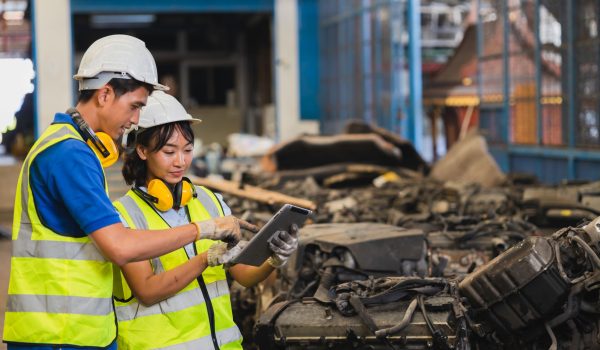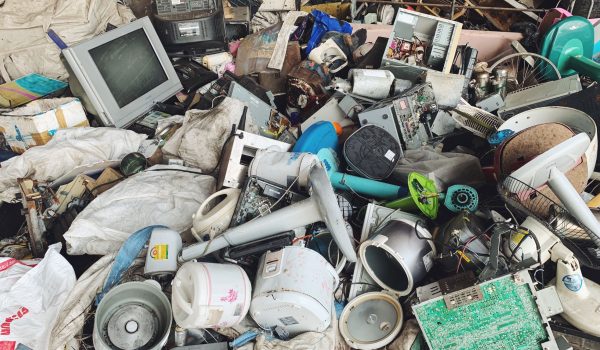In-depth review of the WEEE Collection Rates and Targets
In the EU-28, Norway, Switzerland, and Iceland
The minimum collection rates for Waste Electrical and Electronic Equipment (WEEE) are set out in the WEEE Directive in the European Union. Beginning in 2019, the most stringent collection target of WEEE was enacted in most EU Member States. Article 7 of the WEEE Directive states that the minimum collection rate to be achieved annually by a Member State shall be either 65% of the average weight of electrical and electronic equipment (EEE) placed on the market (POM) in the three preceding years or 85% of WEEE Generated on the territory of a Member State.
The WEEE Forum members have identified difficulties in reaching the targets in almost all Member States and have contracted UNITAR to undertake this study, which addresses:
- an analysis and in-depth review of the current situation in each country,
- an analysis of factors that influence the WEEE collection in order to picture the actual WEEE management across Europe,
- draw options for future improvement,
- an in-depth review of the methodologies for target-setting, as provided by the
WEEE Directive.
Other relevant publications
E-waste in household residual waste
Inventory of the quantity and different types of e-waste in residual waste for 2023
The global e-waste monitor 2024
The global e-waste monitor is the most up-to-date overview of global e-waste data, statistics and progress in policy and regulation.
E-waste in the Metropoolregio Amsterdam
An exploration of the e-waste chain and future logistics scenarios







